New UC Berkeley housing complex to be called xučyun ruwway, honoring Ohlone people
For the first time, Berkeley has chosen an Indigenous name for a campus building and consulted with Indigenous people in the process.
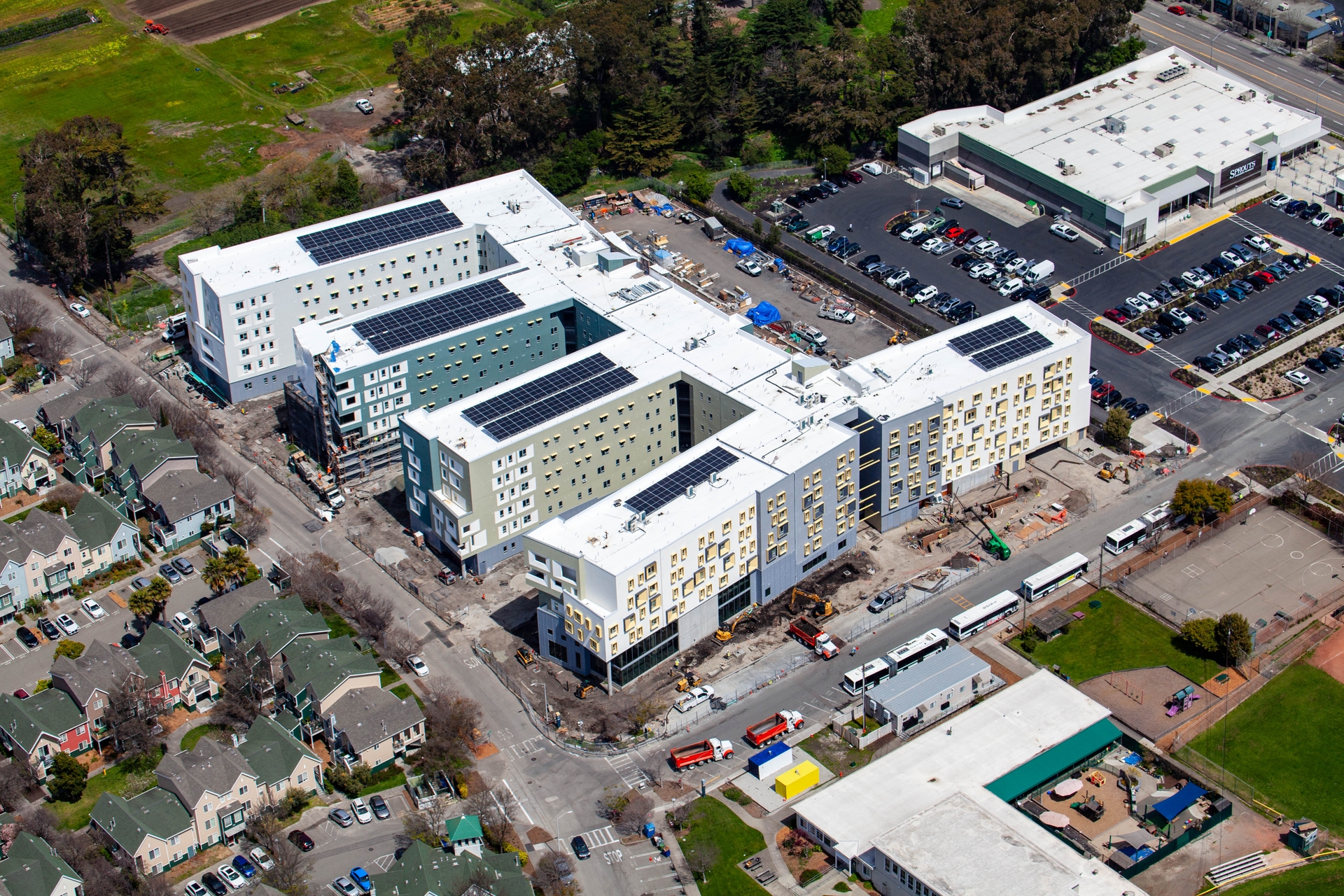
Mark Holtzman Photography / American Campus Communities
April 22, 2024
A five-building UC Berkeley apartment complex in Albany designed just for graduate students is nearing completion and will be called xučyun ruwway (HOOCH-yoon ROO-why), a name in Chochenyo, the language of the Ohlone people.
This is the first time Berkeley has given a name in any Indigenous language to a campus building or consulted with an Indigenous group to name one of its buildings.
In Chochenyo, “xučyun” is the name of the region within the ancestral and unceded homeland of the East Bay Ohlone people that includes Albany and Berkeley, and “ruwway” means a home or a house.
xučyun ruwway (HOOCH-yoon ROO-why). xučyun ruwway (HOOCH-yoon ROO-why). xučyun is the name of a region in our East Bay Ohlone homeland that includes Berkeley and Albany. ruwway is the name for house or home in our Chochenyo language.
Last summer, the campus invited East Bay Ohlone tribes to suggest names for the complex. Following the leadership of the Muwekma Ohlone Tribe and UC Berkeley’s ‘ottoy initiative, Chancellor Carol Christ approved the name xučyun ruwway. ‘ottoy is a Chochenyo word describing a philosophy and intention of repair and mending.
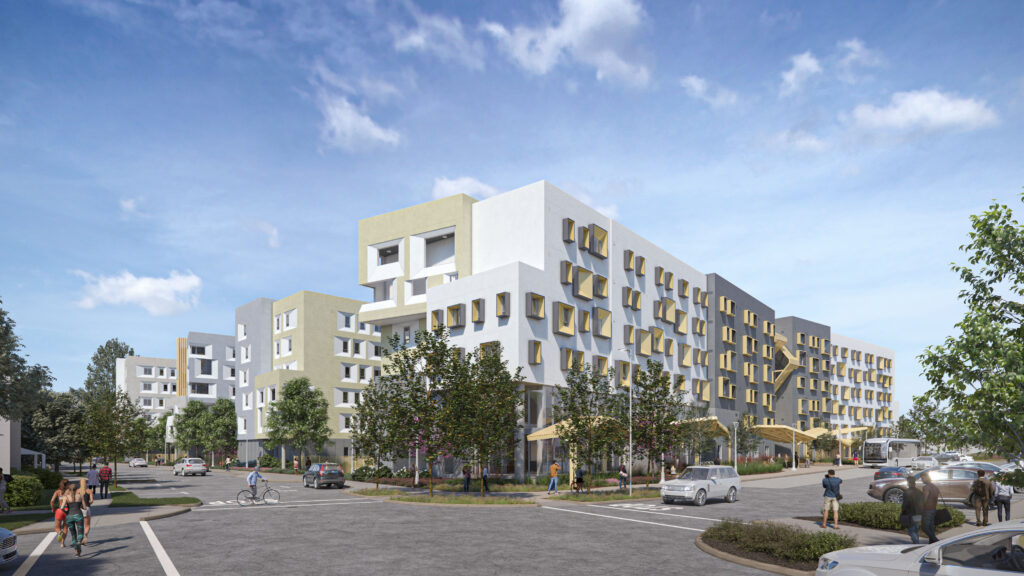
Ayers Saint Gross Architects / American Campus Communities
xučyun ruwway will open in August 2024 and is being built adjacent to University Village, the campus’s family student housing community in Albany. There will be beds for 761 single graduate students without children, which will triple the campus-owned housing supply for this group of students.
Charlene Nijmeh, chairwoman of the Muwekma Ohlone Tribe of the San Francisco Bay Area, said Berkeley’s consultation with Ohlone people to name the apartment complex “feels like part of an earnest reconciliation with UC Berkeley and the Muwekma Ohlone Tribe.” It follows a troubled past, she explained, that included UC anthropologist Alfred Kroeber “declaring in 1925 that the Ohlone people were extinct and launching decades of political erasure that still haunt us today.”
Nijmeh added that the relationship between campus and tribe “has steadily grown closer and more cooperative in recent years, thanks in part to their support of our efforts to restore our status as a federally recognized tribe. Support letters, reading land acknowledgements, naming buildings in our language — these small steps of acknowledgement are always the beginning of reconciliation.”
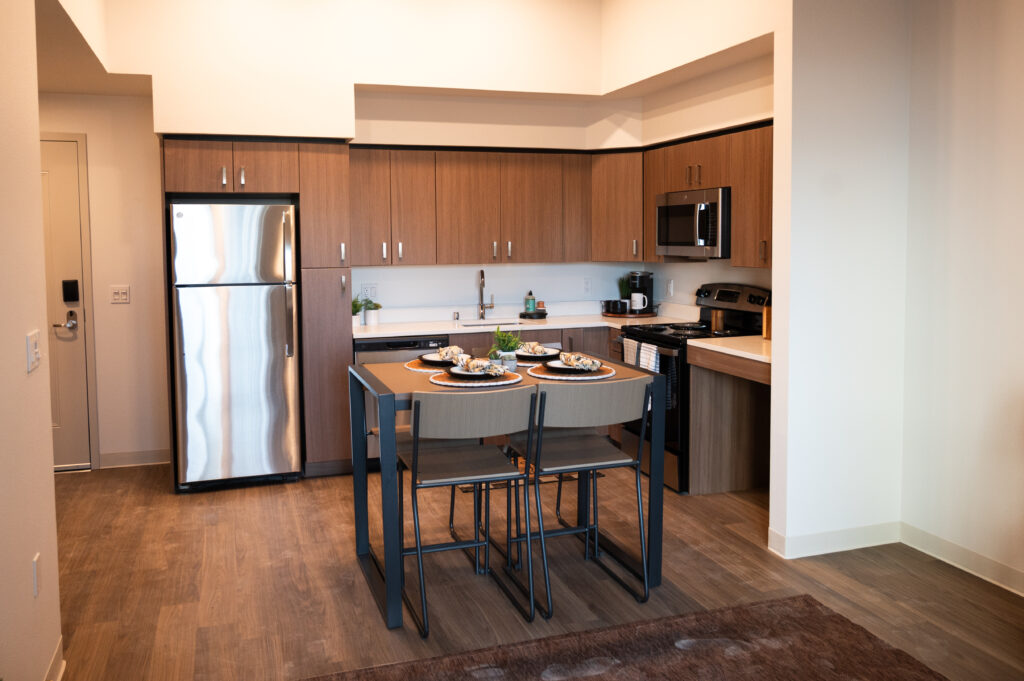
Brandon Sánchez Mejia / UC Berkeley
She stressed that the tribe’s ancestors “have lived and have stewarded these lands for over 10,000 years, and we, their descendants, are still here, alive and active in the community. It is our sacred obligation to watch over our ancestors still buried here, to watch over our sacred spaces and to protect these lands for generations to come.”
Vincent Medina, co-founder of the ‘ottoy initiative and an East Bay Ohlone cultural leader, said his homeland is the East Bay, and that “growing up, … an unfortunate amount of people didn’t know we’re still in our home, and that our culture is still around.
“To see our culture respected outside our homes and led by us, to see our living identity, our language represented on our terms — this is positive change happening, and it gives us a lot of hope for what’s possible in the future.”
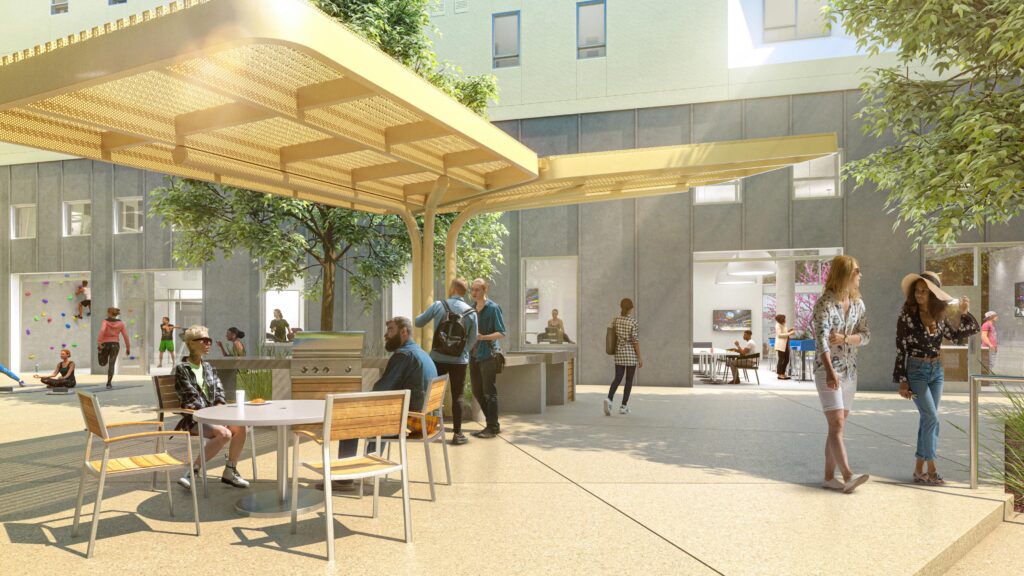
Ayers Saint Gross Architects / American Campus Communities
Lisa Alvarez-Cohen, Berkeley’s vice provost for academic planning, said adding the apartments to Berkeley’s student housing portfolio offered the campus “a wonderful opportunity to collaborate with the local Indigenous community to celebrate this new graduate student housing with a name representing the historical land and people of the East Bay Ohlone.”
“We’re thrilled that our highly-valued graduate student population will soon have a new housing option with this project,” she added, “and that the name will honor the history of the site.”
In the near future, interpretive signage at the apartment complex will help students understand the significance of the name xučyun ruwway, how to pronounce it, and its historical and contemporary contexts.
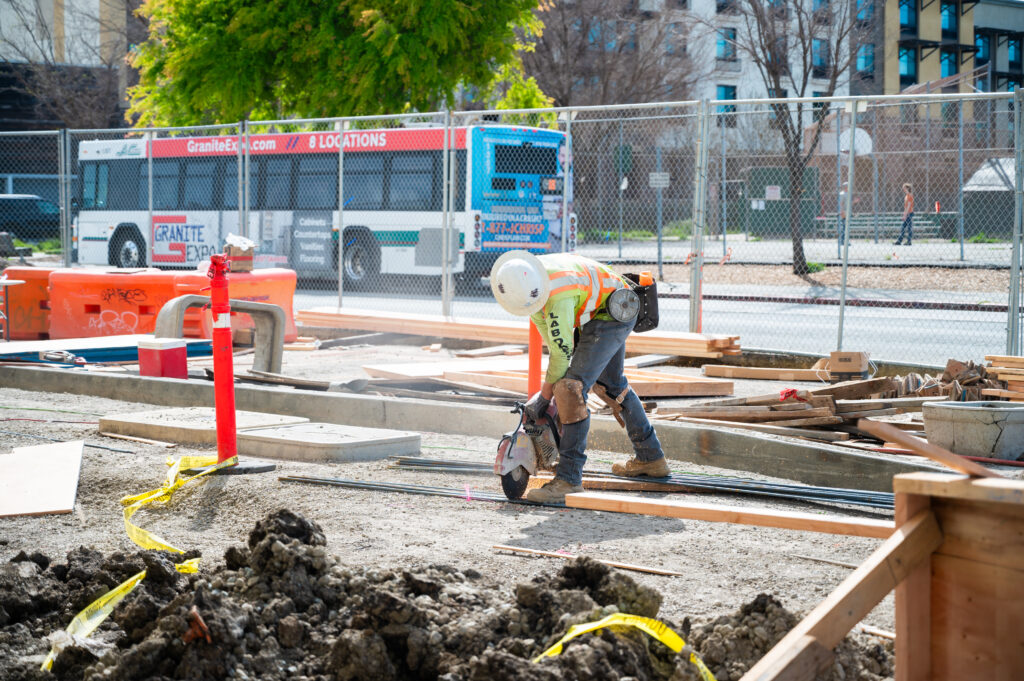
Brandon Sánchez Mejia / UC Berkeley
Just for grad students, and ‘a step toward something brighter’
On a recent Friday, work crews were putting finishing touches on xučyun ruwway, a striking set of interconnected, six-story buildings at the corner of Monroe Avenue and Jackson Street. A new transit plaza right outside the complex was being readied so residents can catch a direct AC Transit bus to Berkeley and nearby BART stops. Concrete was being poured to form structural shapes, and electrical work was underway, as was a project to install large metal shades and awnings.
The apartments will be fully furnished. Each will have a full kitchen with modern, stainless steel appliances, a washer and dryer, and wood-look flooring. Priced at below-market rates, the unit sizes range from one to four bedrooms, and all bedrooms will be single occupancy. The cost to residents will include high-speed Wi-Fi, heat, internet, water, garbage and recycling.
All buildings will be fully electric, promoting environmental consciousness through energy-efficient features that include electric building utilities, lighting and kitchen appliances, and even the outdoor community barbecue grill. The complex also will offer a fitness center, natural light-filled meeting rooms and spacious lounges.
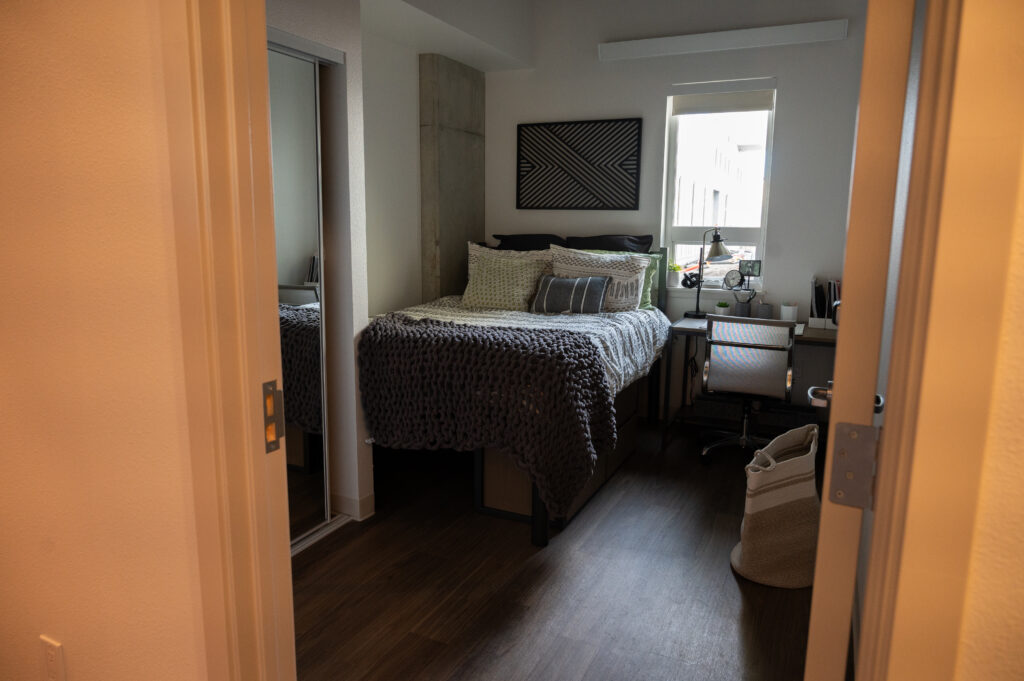
Brandon Sánchez Mejia / UC Berkeley
Students can relax, study and socialize outdoors on more than 55,000 square feet of outdoor space with gardens, picnic areas and recreational lawns.
“This will be a brand new community — and a new residential experience — for our graduate students,” said Kyle Gibson, director of communications for Berkeley Capital Strategies. “There are many small communities of grad students scattered among apartment buildings in Berkeley and the East Bay, but this will create our single largest campus community for them.”
Gibson said the housing complex, informed by input from graduate students, is well-suited to their needs, “as they often prefer to live a little further from the central campus and undergraduate residence halls. Many of them have jobs and internships, roles and responsibilities in the community, and they want greater independence, and value being able to easily move around the entire Bay Area.”
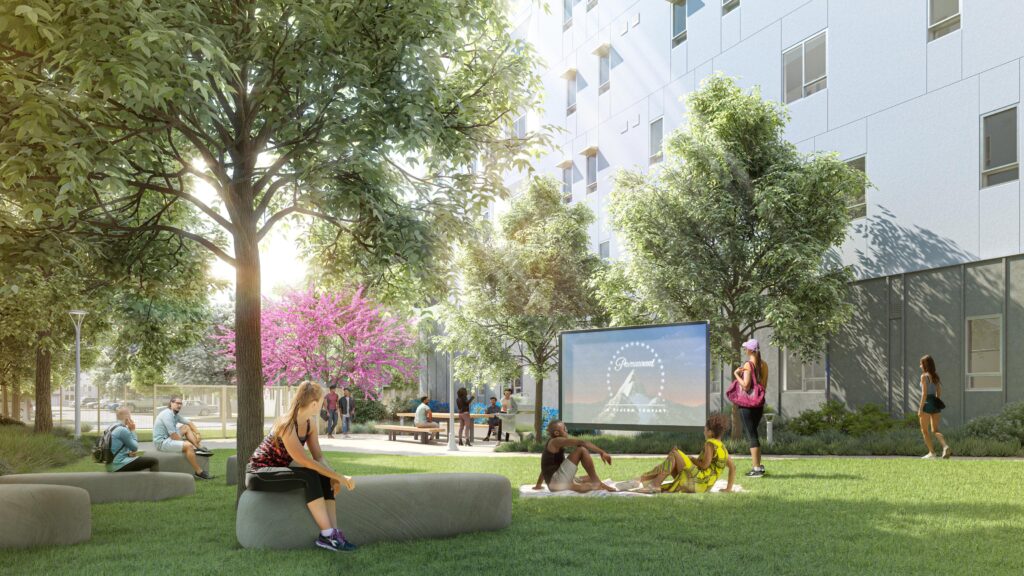
Ayers Saint Gross Architects / American Campus Communities
In addition to providing independent living, xučyun ruwway also will foster community. An example, said Gibson, are the outdoor spaces and a spacious, indoor communal kitchen on the ground floor.
“The convenience of being within walking distance of a grocery store is phenomenal,” he added. Just steps from the housing complex and right off San Pablo Avenue is a shopping area with a grocery store, a pet food store, a coffee shop, a walk-up ATM, a casual restaurant and other amenities.
Interpretive signage saying xučyun ruwway is in the design phase.
“Whenever students walk into the new buildings, or when people drive by, they’re going to see the Chochenyo language reflected,” said Louis Trevino, who, like Medina, is an Ohlone cultural leader and an ‘ottoy initiative co-founder. “And when it is, there will be no doubt the Ohlone people are present in the world around us.”
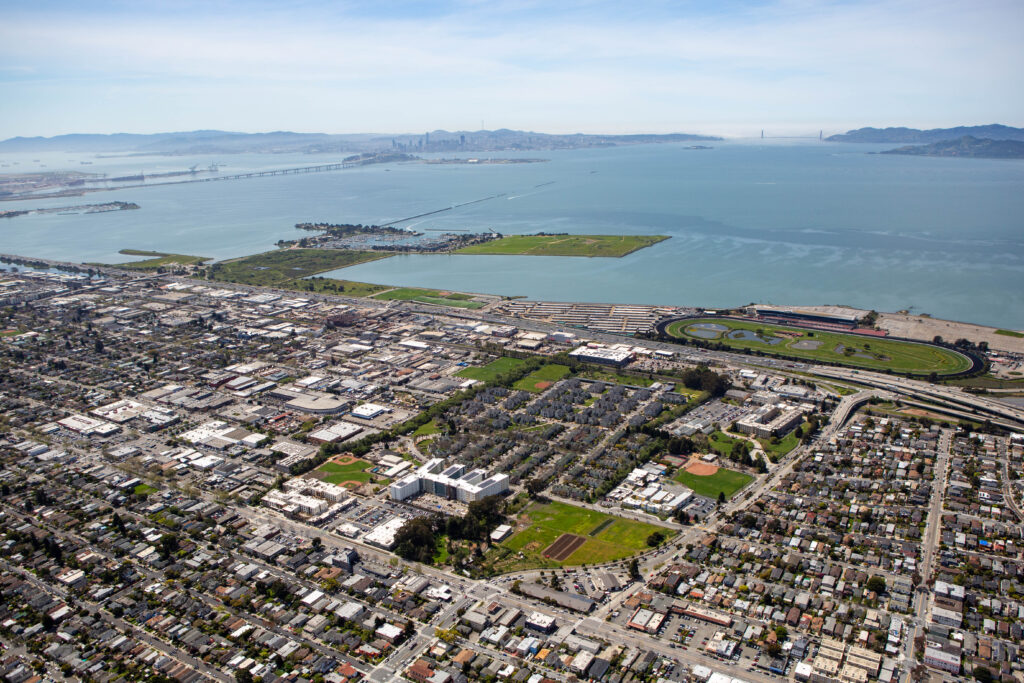
Mark Holtzman Photography / American Campus Communities
“Naming a building is not going to remedy the harm the university has done against our people,” he added, “… but it’s a step toward something brighter in the future. We’re seeing change happen, and getting support from the university that we’ve asked for. We’re building up new friendships with the university to see positive change happen.
“But we want to make sure to keep going, building good upon good, with greater representation led by Ohlone voices.”